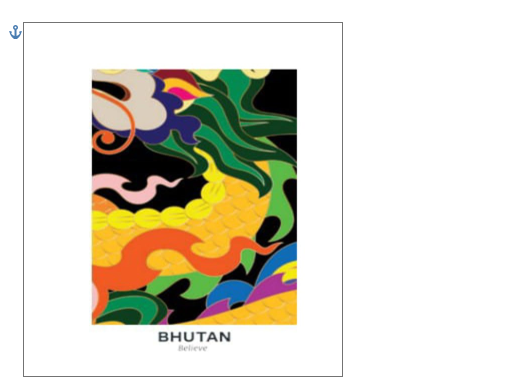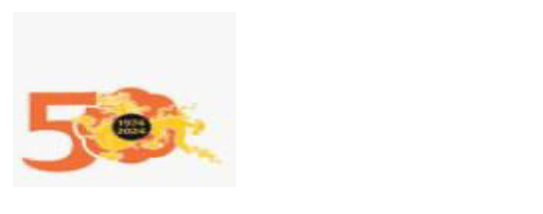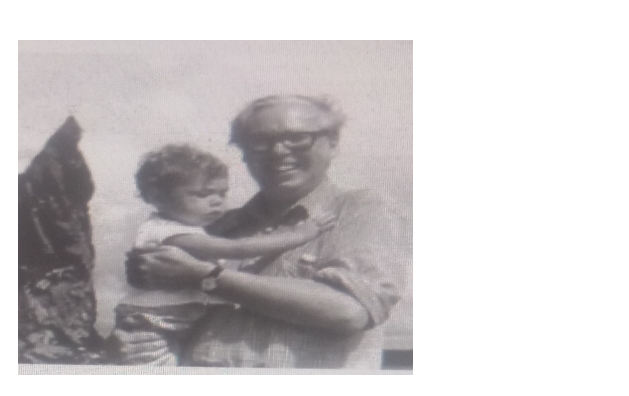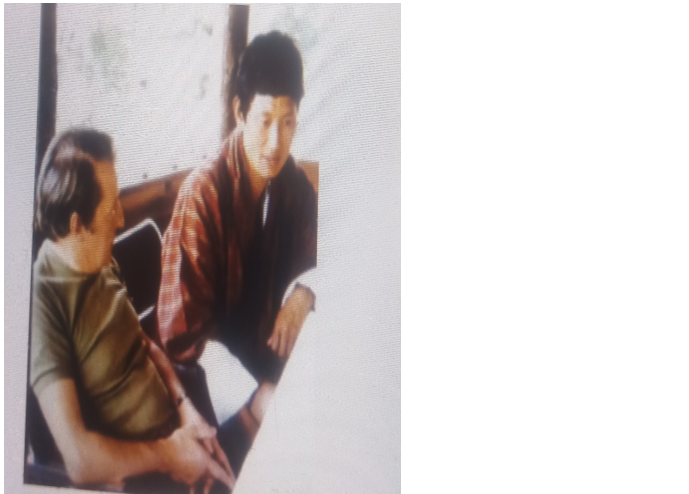
Copyright ©️ 2024 Dorji Dhradhul
All rights reserved.
All rights reserved. No part of this publication may be reproduced, distributed, or transmitted in any form or by any means, including photocopying, recording. or other electronic or mechanical methods, without the prior written permission of the publisher and author, except in the case of brief quotations embodied in critical reviews and certain other non-commercial uses permitted by copyright law.
For permission and information, please contact the following:
Dorji Dhradhul
Thimphu, Bhutan
Phone/Whatsapp: +975 17610376
Email: [email protected]

Publisher:
Alu Quchu, Thimphu, Bhutan, PO Box 1799
Phone/Whatsapp: +97517125271
Email: [email protected]
Cover Concept: Dorji Dhradhul
Design and Layout: Tenzin Tshering, Designla
50 YEARS OF TOURISM IN BHUTAN
The Department of Tourism (DOT) was established on December 1, 1971 under Ministry of Finance. In 1972, DOT had built the country’s first tourist hotels: a 34-room hotel in Thimphu and a 24-room hotel in Phuntsholing. In the same year, during the spring session, the National Assembly vested the Ministry of Foreign Affairs with the responsibility of issuing permits to foreign tourists. A year later, the National Assembly laid down the country’s first national tourism policy (No. FO/HQ/131/11215 dated May 8th, 1973). The policy was based on the Cabinet’s provisional rules regarding tourists in Bhutan, and formed the basis of the “High Value- Low Volume” policy.
The Tourism Policy had three objectives. The first was to generate revenue, especially hard currency. The second was for the tourism industry to play an active part in Bhutan’s socio-economic development. The third was to publicize Bhutan’s culture, religion, and people to the world.
Unlike many of its neighboring countries, Bhutan regulated tourism. Right from the beginning, it adopted a cautious approach to growth and focused on sustainable development. Contrary to popular perception, the regulation was not done through a quota system but was controlled by the tariff and regulated activities.

The rule required all tourists to bring hard currency that could be exchanged at the Bank of Bhutan. According to the rules, tourists could visit in a group of minimum of six and maximum of ten persons only and were allowed to stay in the country for a maximum period of 10 days.
In 1973, the DOT imported its first fleet of foreign luxury cars and minibuses in preparation of the coronation of the Fourth King of Bhutan. By mid-1974, Bhutan was ready for visitors and had the necessary infrastructure but no experience in dealing with guests. The coronation of the Fourth King in June provided the opportunity to gain experience in hosting foreign visitors. Many dignitaries from several countries were invited to the occasion. This was Bhutan’s debut to the world community. The coronation helped boost the profile of the country and provided the necessary experience.
Finally, the first group of tourists visited Bhutan on October 3, 1974. This group was led by Lars-Eric Lindblad, an American of Swedish descent and the founder of Lindblad Travel in Connecticut, USA. The group comprised 14 members: 8 Americans, 5 Spaniards, and 1 Argentinian. During their 7-day visit, they explored Paro, Thimphu, and Dochula. Dasho Tseten Dorji, the first Director of the DOT welcomed the group at the Bhutan Gate in Phuntsholing. They stayed at the Kharbandi Hotel in Phuntsholing. En-route to Paro, the group enjoyed lunch at the Chapcha viewpoint called Zem La, with the meal brought in all the way from Thimphu.

The group paid an inclusive tariff set at USD $130 per person per night. That year, 287 tariff-paying tourists visited Bhutan overland through India. Initially, four Dzongkhags were opened to tourists: Phuntsholing, Chhukha, Samtse, Paro, and Thimphu. By 1976, Punakha and Wangdue were added to the list, and trekking was opened in Thimphu, Paro, and Dagala regions. Trekking actually began in Bhutan for the first time in 1976 with the Druk Path route. The group, consisting of 10 members from Germany, were the pioneers in experiencing Bhutan’s trekking paths. Today except for few designated areas, the whole country is open to tourism.
The air connectivity played the most critical role in increasing the tourist arrivals. The air services with Dornier aircraft was introduced in early 1983, and upgraded its aircraft to a BA 146 in 1988 and then 15 years later, in 2003, an Airbus replaced it. Helicopter services with its 2 Airbus helicopters were also introduced in 2015. Today, the country is served with two Bhutanese Airlines, contributing significantly to the tourist arrivals.
Since 1974, Bhutan has actively pursued and successfully implemented the tourism policy of High Value, Low Volume, and an inclusive tariff system. From 2008 to 2021, this policy was changed to High Value, Low Impact and from 2021 with the adoption of the first written tourism policy, it was reverted back to the original – High Value Low Volume.
Today after 50 years, as a result of the farsightedness of the Third King, the wisdom of the Fourth King, and the visionary leadership of the Fifth King, Bhutan is continuing to grow as one of the most sought after travel destinations.

First group of 14 tourists led by Lars-Eric Lindblad was in the country from 3 to 10 October 1974.
Dasho Tseten Dorji, first director of Department of Tourism with Lars-Eric Lindblad.



 259
259





_0pfpercg.jpg)
_t4dsi42w.jpg)
_gb730u3q.jpg)

_rio3419y.jpg)

_fmxxgd6n.jpg)










